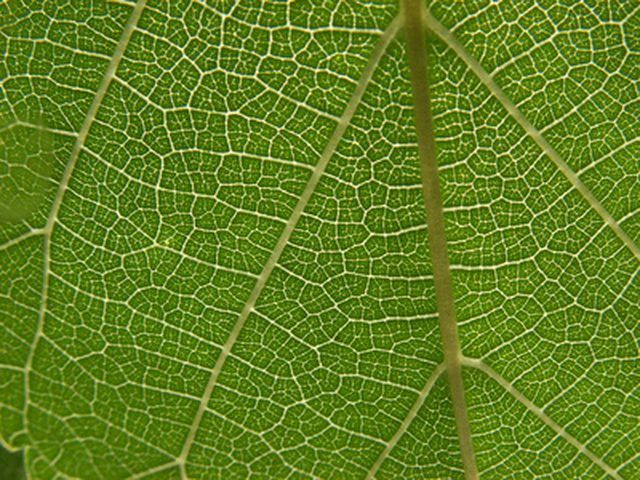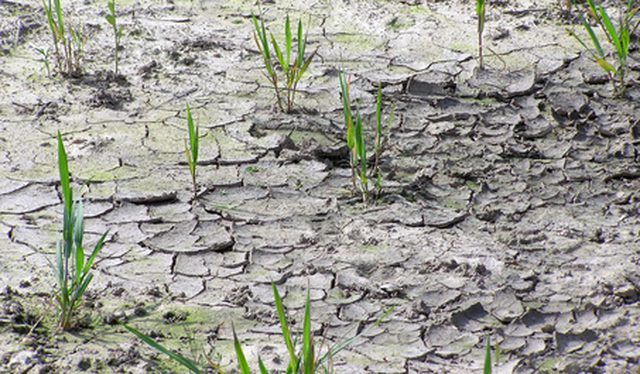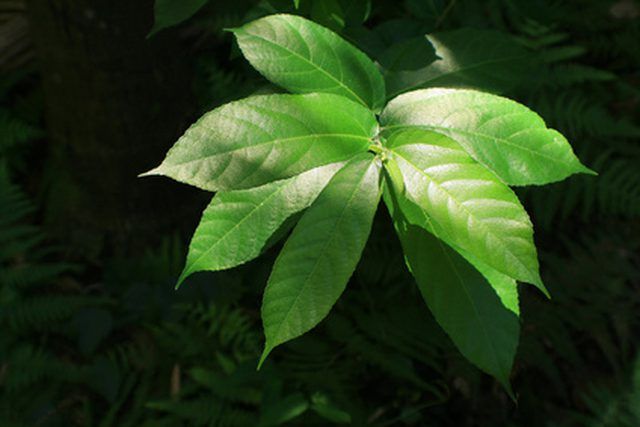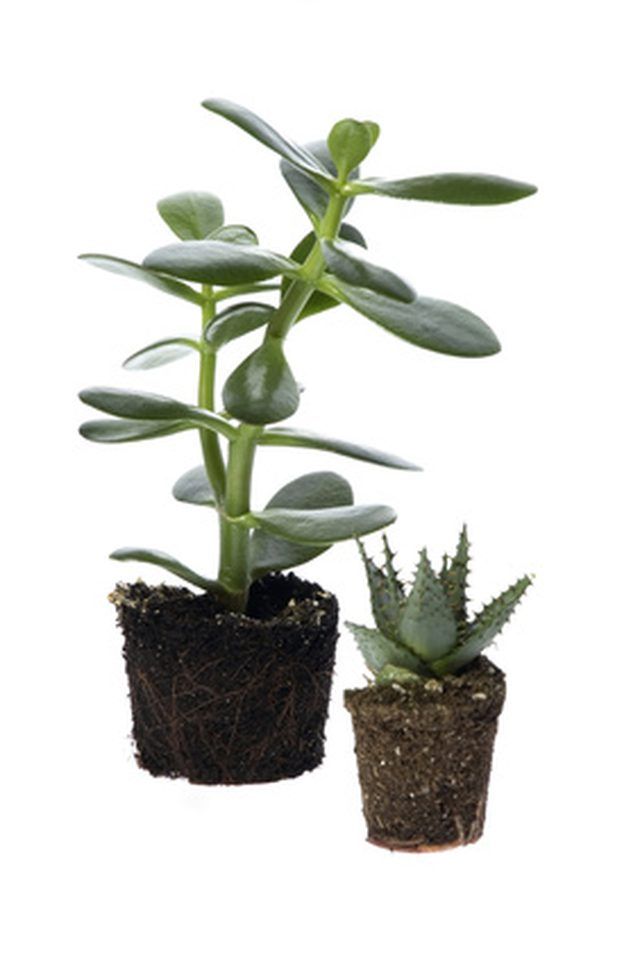Bulbs
Flower Basics
Flower Beds & Specialty Gardens
Flower Garden
Garden Furniture
Garden Gnomes
Garden Seeds
Garden Sheds
Garden Statues
Garden Tools & Supplies
Gardening Basics
Green & Organic
Groundcovers & Vines
Growing Annuals
Growing Basil
Growing Beans
Growing Berries
Growing Blueberries
Growing Cactus
Growing Corn
Growing Cotton
Growing Edibles
Growing Flowers
Growing Garlic
Growing Grapes
Growing Grass
Growing Herbs
Growing Jasmine
Growing Mint
Growing Mushrooms
Orchids
Growing Peanuts
Growing Perennials
Growing Plants
Growing Rosemary
Growing Roses
Growing Strawberries
Growing Sunflowers
Growing Thyme
Growing Tomatoes
Growing Tulips
Growing Vegetables
Herb Basics
Herb Garden
Indoor Growing
Landscaping Basics
Landscaping Patios
Landscaping Plants
Landscaping Shrubs
Landscaping Trees
Landscaping Walks & Pathways
Lawn Basics
Lawn Maintenance
Lawn Mowers
Lawn Ornaments
Lawn Planting
Lawn Tools
Outdoor Growing
Overall Landscape Planning
Pests, Weeds & Problems
Plant Basics
Rock Garden
Rose Garden
Shrubs
Soil
Specialty Gardens
Trees
Vegetable Garden
Yard Maintenance
What Happens When Stomata Open?
What Happens When Stomata Open?. Stomata open to allow gaseous exchange between the plant and the atmosphere. Carbon dioxide uptake resumes and metabolic processes such as photosynthesis are facilitated. Loss of water vapor is no longer prevented as transpiration continues.
Stomata open to allow gaseous exchange between the plant and the atmosphere. Carbon dioxide uptake resumes and metabolic processes such as photosynthesis are facilitated. Loss of water vapor is no longer prevented as transpiration continues.

Stomata respond to changes in the environment by closing to protect against pollutants or to prevent water loss during dry conditions. Stomata are found in the above-ground epidermis (surface area) of plants, making diffusion of water vapor, oxygen and carbon dioxide possible. Diffusion occurs in both directions directly across the surface of the leaf.

A stomata refers to a stoma (pore) surrounded by two specialized guard cells. Guard cells shrink to allow opening of the stoma or swell in order to force the stoma shut either partially or completely.

Stomata close at night. Stomata open in daylight to accept carbon dioxide that's converted to food for energy during photosynthesis in the leaf.

The simultaneous process of transpiration (releasing water vapor) is achieved thanks to the diffusion gradient's ability to move water vapor out through the plant's surface. When the size of stomata change so does the rate of photosynthesis and transpiration because changes in the size of the stoma cause diffusion resistance and gas conductance to vary.

Plant respiration uses oxygen to break down glucose acquired through photosynthesis. Carbon dioxide is produced and energy is released in the form of ATP.

A plant's ability to thrive depends on the stomata adapting to surroundings by changing size to achieve the most efficient exchange of carbon dioxide and water possible. Water-use efficiency refers to the ratio of photosynthesis to transpiration.
